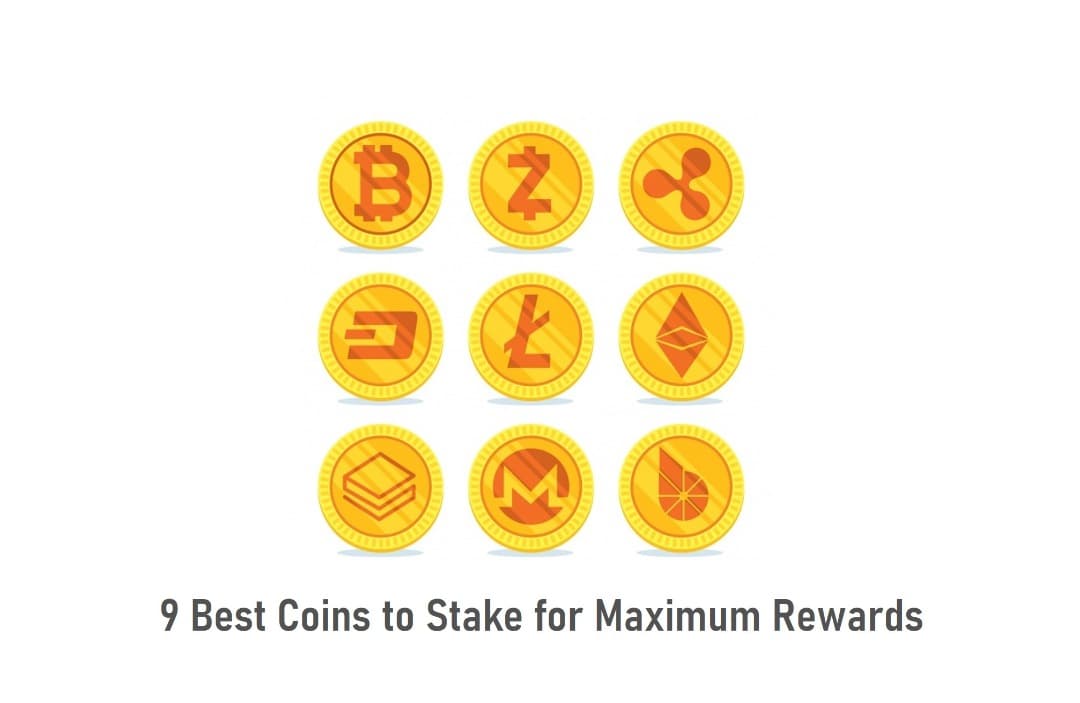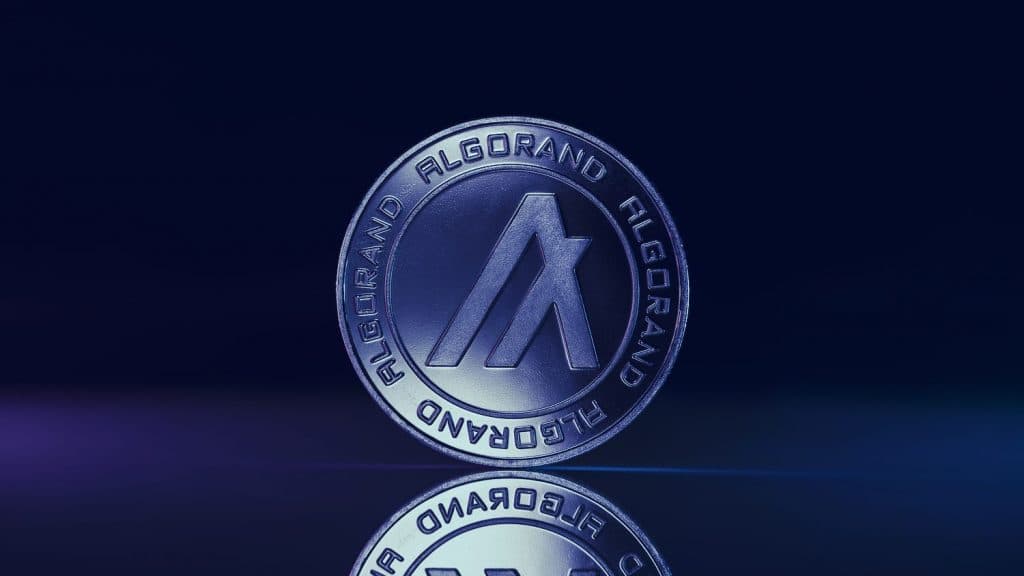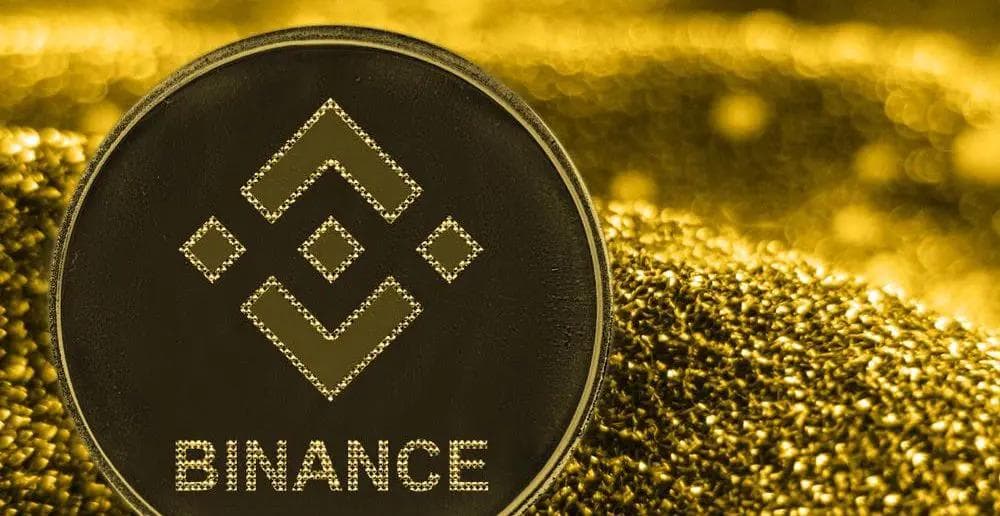
While many crypto investors mine in order to earn additional assets, some investors have another option: crypto staking.
Crypto staking is the process of “locking up” a portion of your cryptocurrency for a given length of time in order to contribute to a blockchain network. Stakers who know the best coins to stake for maximum rewards can gain rewards in the form of more cash or tokens in exchange.
Key Takeaways
•It is a highly lucrative currency that, like many other sites, employs the PoS process. However, it entails creating an accessible foundation for decentralized apps that are smooth, simple, and rapid.
•Cosmos is rated 25th in terms of the world’s largest cryptocurrency market capitalization. Furthermore, it is expected to provide excellent annual payouts of around 8.32% on Binance, Coinbase, and other exchanges.
Staking cryptocurrency is analogous to depositing money in a bank in that an investor locks up their assets and gets incentives, or “interest” in exchange.
It is the process of assigning a fixed number of tokens to the blockchain’s governance architecture and thereby locking them out of circulation for a set period of time.
Stakeholders gain interest in their engagement, but those benefits are there for a reason. Staking improves a network’s security by incentivizing users with passive income to do so. Those that stake a particular amount become validators, which are basically high-priority users who indicate to the network that they will lend themselves to transaction validation.
While staking sounds appealing, it is not a widely used method of maintaining a blockchain network. Staking is associated with networks that employ the proof-of-stake (PoS) consensus method, such as Ethereum’s planned 2.0 upgrade. This is in contrast to the more traditional proof-of-work (PoW) consensus approach used by, for instance, Bitcoin.
PoW requires users to devote their computing resources to solving difficult algorithms, verifying blocks, and receiving rewards in exchange. While no consensus approach is flawless, PoW suffers from long validation periods and consumes a lot of energy, making it inefficient in terms of environmental efficiency.
Because of this inefficiency, newer blockchain networks are turning to proof-of-stake. Many investors feel it is a better long-term scalable option.
Below are the 9 best coins to stake for maximum rewards:
1. Ethereum 2.0

Ethereum is a well-known network with excellent staking features. After Bitcoin, it is regarded as the world’s second most popular cryptocurrency.
Being an early validator might help you earn a lot of money. However, in order to stake this cryptocurrency, you must have at least 32 ETH.
This currency has recently switched from PoW to PoS consensus. Staking on this platform began in December of 2020. Ethereum has a remarkable staking reward ratio that ranges from 5% to 21%. Every year, it provides a strong ROI of around 7.5% on average.
SEE ALSO: 6 Best And Profitable Crypto Staking Platforms to Consider
2. Algorand

Algorand employs a different consensus method known as PPoS. (Pure Proof of Stake).
It prohibits invaders from acting in the system by maintaining the majority of its stakes as benign, allowing the system to establish a consensus without the need for a central authority.
The staking rewards for this cryptocurrency range from 5% to 10%, depending on the trading platform you choose. For example, if you choose Binance for staking, you can earn up to 8% in staking rewards every year.
3. Polkadot

DOT is regarded as one of the best cryptocurrency for staking, allowing many blockchains to efficiently interact with one another.
DOT is a scalable, heterogeneous, multi-chain system and has proven to be without a doubt Ethereum’s main rival.
Polkadot likewise employs the Proof of Stake consensus mechanism and generates an annual staking reward of up to 14%.
4. EOS

EOS is featured in this listfor a variety of reasons. It is a highly lucrative currency that, like many other sites, employs the PoS process.
However, it entails creating an accessible foundation for decentralized apps that are smooth, simple, and rapid.
Staking EOS can help you make a significant profit while also filling your pockets with a 1.76% annual staking reward. EOS is placed 26th in terms of market value, with $2.5 billion.
5. Binance Coin (BNB)

Binance is a well-known crypto exchange platform that provides a variety of services to multiple coin/digital asset companies.
BNB is well known for providing a stake to delegate Binance Coin to validators with no lower or higher limit.
Staking rewards gotten from staking Binance Coin can be as high as 30% per year, but they are very variable depending on transaction costs, as the benefits are derived only from transaction fees.
6. Cosmos (ATOM)

Cosmos is a flexible, decentralized, and interoperable platform on which new businesses can easily build their blockchain services.
It bridges the gap between various blockchain service providers and facilitates communication among them. This made it easier for the entire community to interact with various blockchain service providers.
Cosmos, one of the best coins for crypto staking, employs DPoS (Delegated Proof of Stake), which employs delegators and validators.
During this procedure, the delegators decide which validators will validate the transactions and which will create new chains.
It also has the unique capability of attaining consensus even in the presence of malicious nodes.
It is known as the “Internet of Blockchains” because it connects all of the many blockchains into one unified network, allowing all tokens to be exchanged optimally.
Cosmos is rated 25th in terms of the world’s largest cryptocurrency market capitalization. Furthermore, it is expected to provide excellent annual staking rewards of around 8.32% on Binance, Coinbase, and other exchanges.
7. Synthetix

Synthetix is a cryptocurrency that is utilized in the creation of synthetic assets. These assets, also known as “synths,” represent tangible assets such as fiat, bitcoin, and stocks.
Every synthetic asset generates an ERC-20 construct that is supported by the SNX (Synthetix Network Token).
Users may also trade the synthetic assets on Synthetix’s decentralized exchange platform, which has limitless liquidity (DEX). It denotes that traders do not need to be concerned about slippage.
The synthetic assets have offered strong exposure to traditional markets, with an annual staking reward of 55% for staking Synthetix.
8. Loom

Loom Network is a PaaS (Platform-as-a-Service) blockchain built on Ethereum that adheres to the ERC20 token standard. To launch a dApp (decentralized software) on the Loom Network, a developer must stake Loom coins.
This PoS token is primarily used to secure Basechin, the mainnet of the Loom Network.
All holders need to do is secure the basechain to get massive staking rewards. Loom, one of the greatest staking coins, may also pay the dApp hosting charge.
Validators can earn up to 25% staking rewards on the well-established platform. The rewards are collected in the Basechain wallet, from which they may be withdrawn to the validator’s bank account.
9. Cardano

Cardano is a proof-of-stake network that is frequently compared to Ethereum, although it varies in several fundamental aspects.
Cardano, for example, can execute hundreds of transactions per second thanks to its Ouroboros proof-of-stake consensus technique.
Furthermore, this latter project was designed with proof-of-stake in mind from the start, whereas Ethereum is gradually transitioning from a proof-of-work project to a proof-of-stake project.
Furthermore, Ethereum is home to dozens, if not hundreds, of decentralized apps that are constantly being released.
Cardano, on the other hand, is seeing a small number of projects come to fruition as a result of the blockchain’s very specialized, peer-reviewed technology.
Cardano staking varies significantly from ethereum staking in that staked assets can be withdrawn at any time.
Users of Ethereum may possibly wait years before they can use their staked assets. Cardano has no such constraints, making it far more accessible to newcomers to the crypto community.
On top of that, one of the most intriguing aspects of Cardano is the way it manages staking incentives. When too many individuals stake ADA in a single pool, the rewards become less desirable over time.
This encourages stakeholders to create new staking pools and diversify their ADA around the network.
The fact that staking is embedded into the official Cardano wallets, Daedalus and Yoroi, is what makes this proof-of-stake native blockchain network so appealing.
Because of this connectivity, staking ADA is relatively simple for most investors, providing they already know how to buy it on an exchange.
Every year, Cardano shareholders receive an average of 4.5% in staking rewards based on their ownership.
SEE ALSO: How to Choose a Validator when Staking with Ledger
Frequently Asked Questions (FAQ)
1. Is it Profitable to Stake?
Yes, staking is really profitable. It is virtually as rewarding and risk-free as cryptocurrency mining or trading. All you have to do is stake (purchase and keep) some coins to be joined to the mining pool.
2. Why has Staking become so popular?
Staking has arguably grown in popularity because it allows crypto holders to earn far greater APYs than regular savings accounts or money market funds.
Final Thoughts
Staking certain cryptocurrencies can be quite rewarding as this article has shown with thhe above listed coins. What you should determine then before staking is the level of risk you are willing to take as this can shape your decision on staking or not.
Read More




